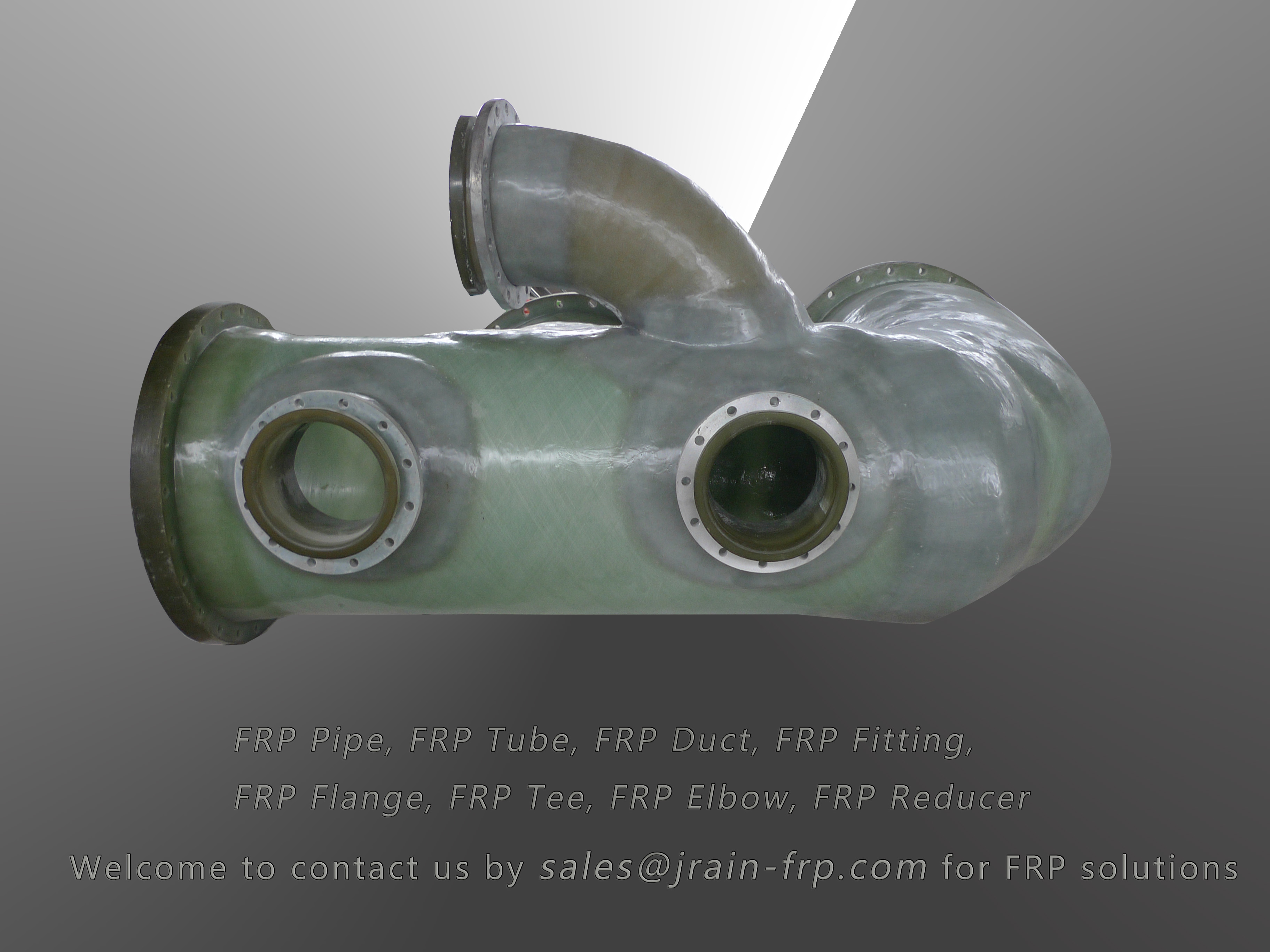
-
 Afrikaans
Afrikaans -
 Albanian
Albanian -
 Amharic
Amharic -
 Arabic
Arabic -
 Armenian
Armenian -
 Azerbaijani
Azerbaijani -
 Basque
Basque -
 Belarusian
Belarusian -
 Bengali
Bengali -
 Bosnian
Bosnian -
 Bulgarian
Bulgarian -
 Catalan
Catalan -
 Cebuano
Cebuano -
 China
China -
 China (Taiwan)
China (Taiwan) -
 Corsican
Corsican -
 Croatian
Croatian -
 Czech
Czech -
 Danish
Danish -
 Dutch
Dutch -
 English
English -
 Esperanto
Esperanto -
 Estonian
Estonian -
 Finnish
Finnish -
 French
French -
 Frisian
Frisian -
 Galician
Galician -
 Georgian
Georgian -
 German
German -
 Greek
Greek -
 Gujarati
Gujarati -
 Haitian Creole
Haitian Creole -
 hausa
hausa -
 hawaiian
hawaiian -
 Hebrew
Hebrew -
 Hindi
Hindi -
 Miao
Miao -
 Hungarian
Hungarian -
 Icelandic
Icelandic -
 igbo
igbo -
 Indonesian
Indonesian -
 irish
irish -
 Italian
Italian -
 Japanese
Japanese -
 Javanese
Javanese -
 Kannada
Kannada -
 kazakh
kazakh -
 Khmer
Khmer -
 Rwandese
Rwandese -
 Korean
Korean -
 Kurdish
Kurdish -
 Kyrgyz
Kyrgyz -
 Lao
Lao -
 Latin
Latin -
 Latvian
Latvian -
 Lithuanian
Lithuanian -
 Luxembourgish
Luxembourgish -
 Macedonian
Macedonian -
 Malgashi
Malgashi -
 Malay
Malay -
 Malayalam
Malayalam -
 Maltese
Maltese -
 Maori
Maori -
 Marathi
Marathi -
 Mongolian
Mongolian -
 Myanmar
Myanmar -
 Nepali
Nepali -
 Norwegian
Norwegian -
 Norwegian
Norwegian -
 Occitan
Occitan -
 Pashto
Pashto -
 Persian
Persian -
 Polish
Polish -
 Portuguese
Portuguese -
 Punjabi
Punjabi -
 Romanian
Romanian -
 Russian
Russian -
 Samoan
Samoan -
 Scottish Gaelic
Scottish Gaelic -
 Serbian
Serbian -
 Sesotho
Sesotho -
 Shona
Shona -
 Sindhi
Sindhi -
 Sinhala
Sinhala -
 Slovak
Slovak -
 Slovenian
Slovenian -
 Somali
Somali -
 Spanish
Spanish -
 Sundanese
Sundanese -
 Swahili
Swahili -
 Swedish
Swedish -
 Tagalog
Tagalog -
 Tajik
Tajik -
 Tamil
Tamil -
 Tatar
Tatar -
 Telugu
Telugu -
 Thai
Thai -
 Turkish
Turkish -
 Turkmen
Turkmen -
 Ukrainian
Ukrainian -
 Urdu
Urdu -
 Uighur
Uighur -
 Uzbek
Uzbek -
 Vietnamese
Vietnamese -
 Welsh
Welsh -
 Bantu
Bantu -
 Yiddish
Yiddish -
 Yoruba
Yoruba -
 Zulu
Zulu
frp transition
Understanding FRP Transition The Future of Composites
Fiber Reinforced Polymer (FRP) technology has gained remarkable traction in various industries due to its outstanding properties, including high strength-to-weight ratio, corrosion resistance, and design flexibility. As industries seek to enhance performance while reducing weight and maintenance costs, the transition towards FRP materials has become increasingly significant. This article delves into the factors driving the FRP transition and its implications for the future of composite materials.
Understanding FRP Transition The Future of Composites
One of the most noteworthy aspects of the FRP transition is its impact on sustainability. As environmental awareness grows, industries are increasingly searching for materials that not only perform well but also contribute to eco-friendly practices. FRP composites can be designed to require less energy during manufacturing and exhibit longer lifespans in applications, ultimately leading to reduced waste and lower carbon footprints. In addition, FRP materials can be recycled, providing further environmental benefits.
frp transition

In recent years, advancements in manufacturing technologies, such as automated fiber placement and resin transfer molding, have significantly enhanced the production efficiency of FRP components. These innovations allow for the creation of complex shapes and structures that were previously unattainable with conventional materials. As a result, industries are witnessing a paradigm shift where FRP is not simply seen as an alternative but as a preferred choice for applications requiring high performance and design versatility.
The FRP transition is also fueled by its success in various high-performance applications. For instance, in the construction industry, FRP rebars are increasingly being used as non-corrosive reinforcement in concrete, offering longer service life and reduced maintenance requirements. Similarly, in the aerospace sector, carbon fiber composites are revolutionizing aircraft design by drastically reducing weight and improving fuel efficiency. Such success stories highlight FRP's potential to redefine industries and drive innovation.
Despite the numerous advantages of FRP materials, challenges remain. High initial costs and a lack of standardization are hurdles that need to be addressed for broader adoption. Nevertheless, continued research and development efforts, coupled with increased awareness of FRP benefits, will likely drive its growth in the years to come.
In conclusion, the FRP transition represents a pivotal shift in material science with far-reaching implications across multiple industries. As we move towards a more sustainable and performance-driven future, FRP composites will undoubtedly play a crucial role in shaping the way we design and construct our world. The journey of FRP is just beginning, and its potential is limited only by our imagination.









